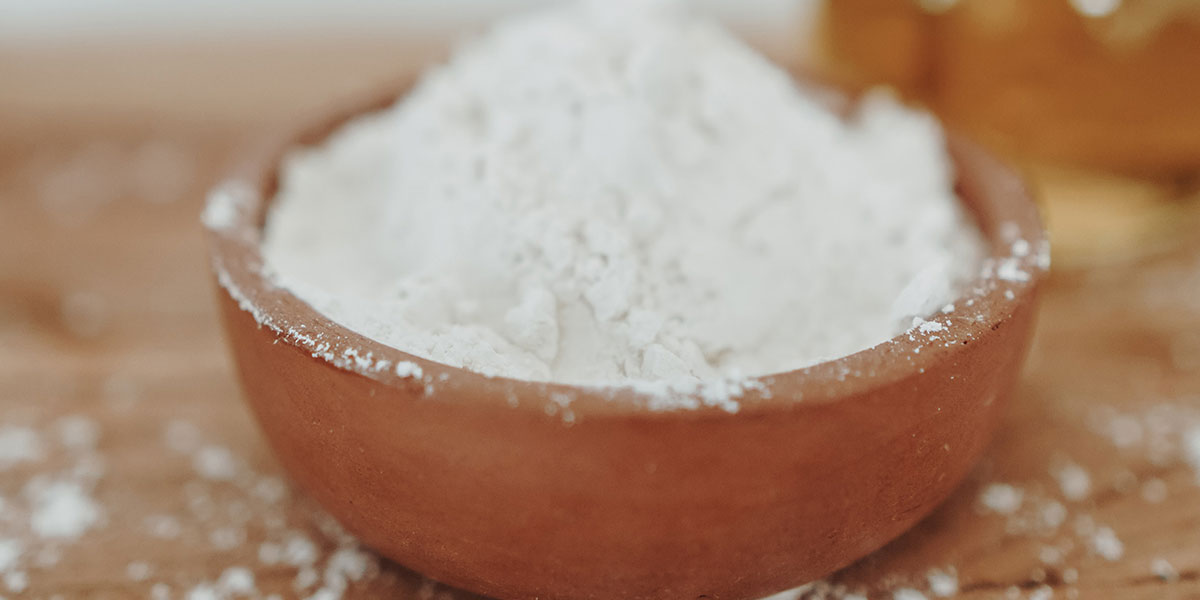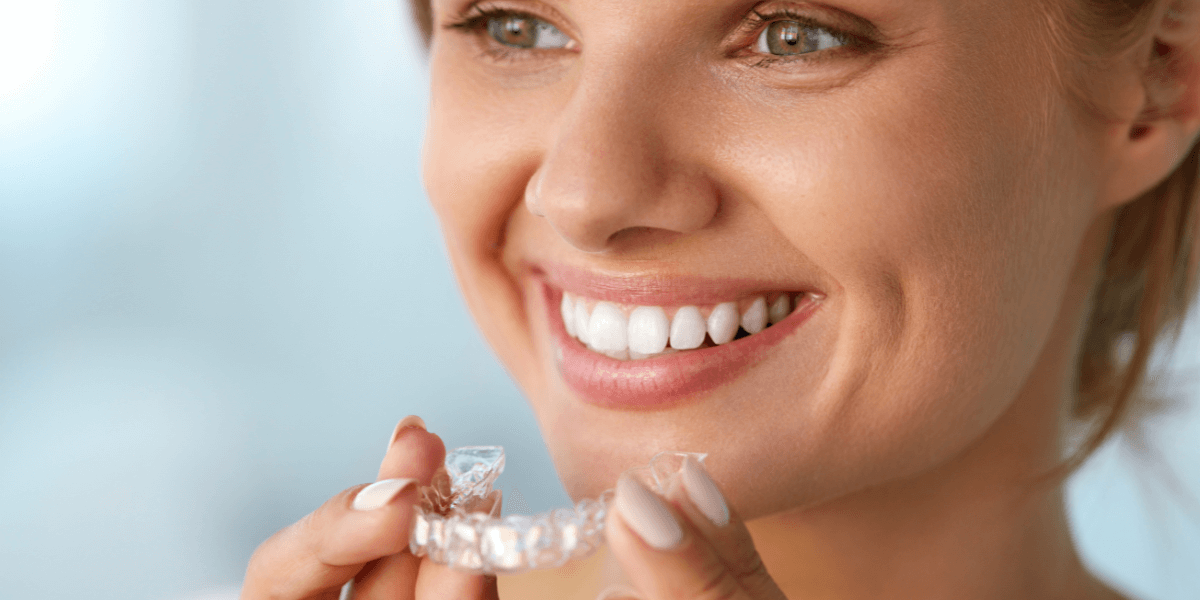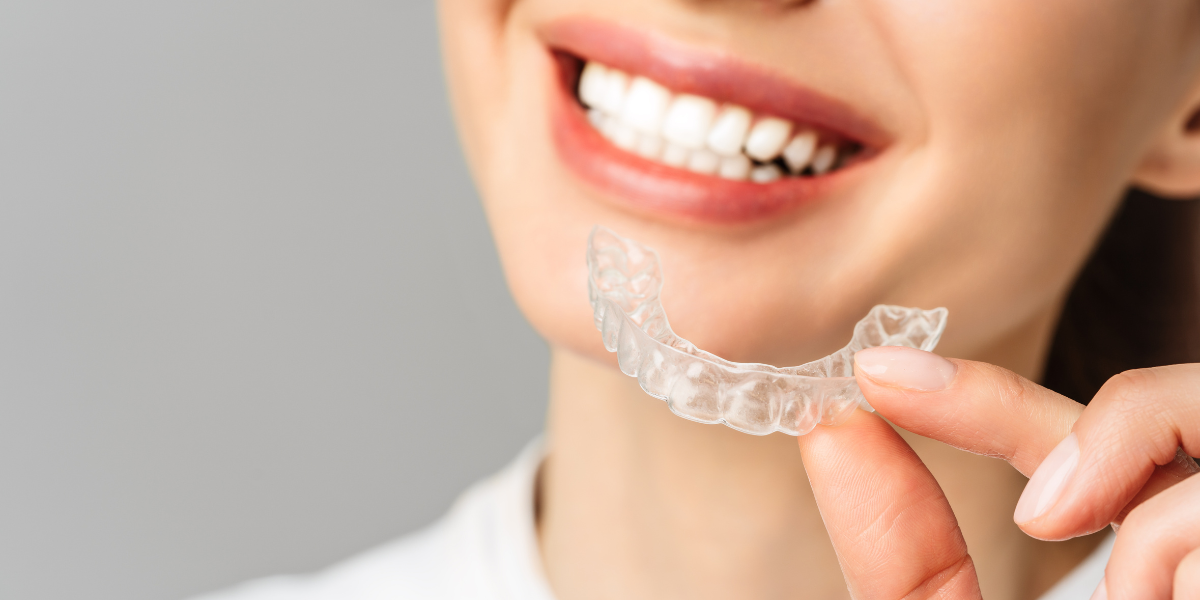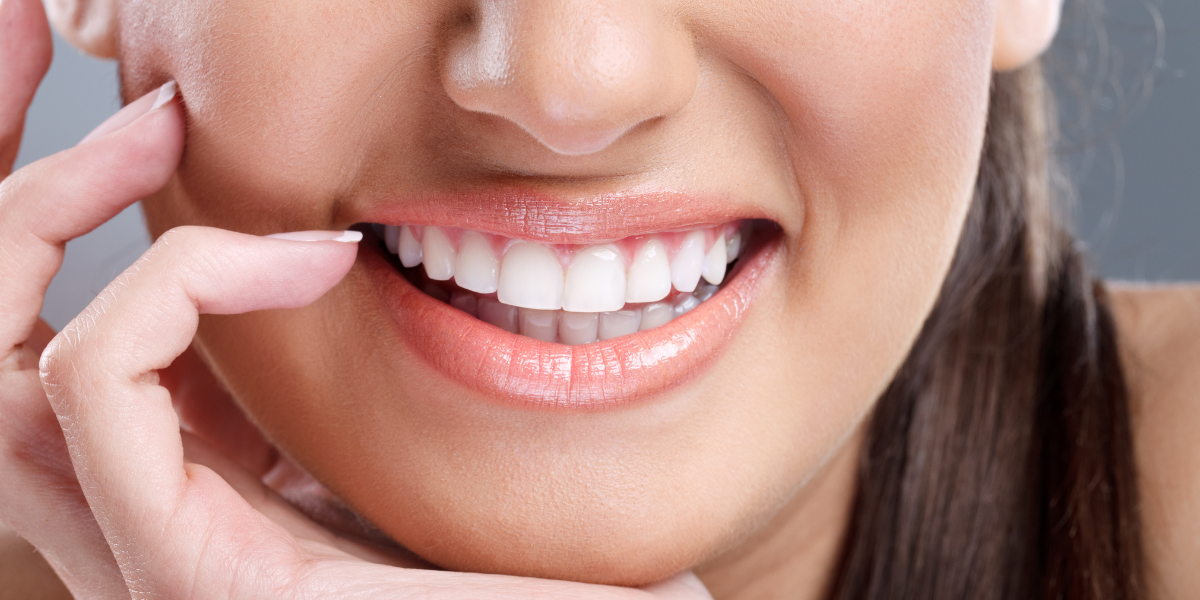
How to whiten teeth whitening baking soda
Many people look to home remedies to make their teeth brighter, such as whitening teeth with baking soda. Baking soda functions as a teeth whitener in two ways. Because of its abrasive nature, baking soda removes built-up plaque on teeth and the alkaline powder in baking soda can help remove discolorations. While this method can be effective, it will only remove stains on the surface of the teeth.
Risk associated using baking soda as tooth whitening substitute
Whitening teeth with baking soda can be done a number of ways. Because baking soda is a base, people often mix it with a more acidic component, such as vinegar, lemon juice or salt. Some even mix baking soda and strawberries! However, acids can eat away at the calcium of the teeth and irritate gums, so they are generally not recommended.
The baking soda can be mixed into a paste by adding water. Once the desired mixture is created, the most effective way to whiten teeth with baking soda is to brush for two minutes, making sure to coat all the teeth with the paste.
While whitening teeth with baking soda has some benefits, it is not a replacement for brushing with regular toothpaste. Baking soda does not kill bacteria and can actual increase cavity formation. That’s why it’s important to follow any baking soda routine by brushing with toothpaste, flossing and rising the mouth out well.
Whitening teeth with baking soda is an easy, low-cost option to get teeth a bit brighter. However, several factors need to be considered when looking at using baking soda to whiten teeth. Although baking soda is a commonly used product, it is not without risks. Overuse can damage the enamel of the teeth, resulting in sensitivity and increasing the risk for cavities. Baking soda should be used no more than once a week.
Because this method will not clean any stains beneath the top surface of the enamel, it will only whiten the teeth by 1-2 shades. For professional results purchase an at home teeth whitening system that uses custom fitted trays and high intensity carbamide peroxide whitening gels of 22%.








